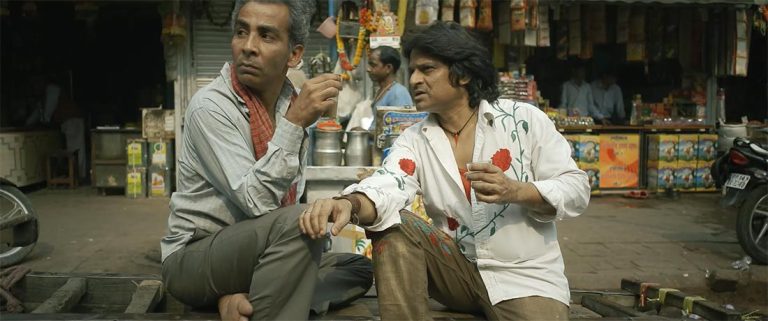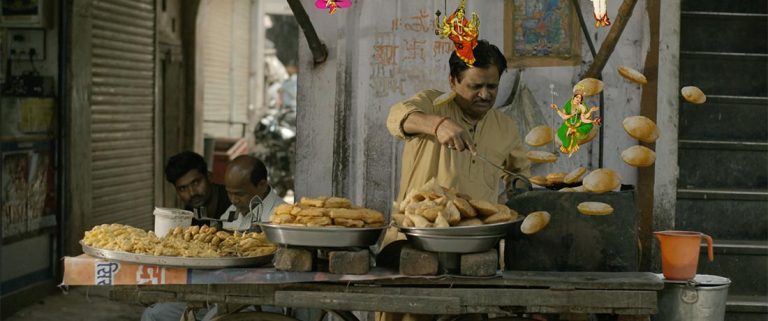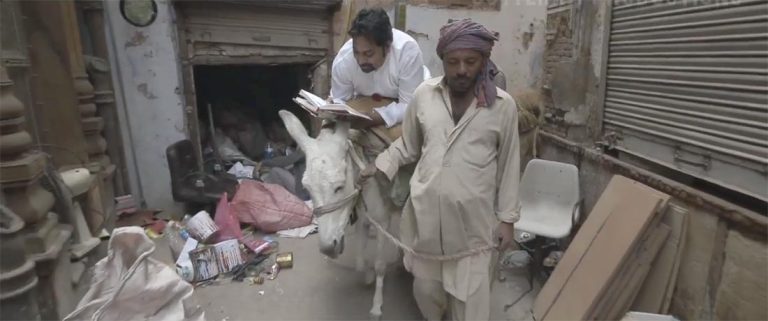


Ghode Ko... follows four main characters: a pickpocket, a vendor of sweet and savoury snacks, a labourer-activist, and a conductor of ‘Heritage Walks’. We see Old Delhi through their eyes – their lives, hopes, aspirations, dreams – and hear it through their various languages and dialects. Patru, the pickpocket, decides to take people on alternative walks, showing them the underbelly of the city they think they know, but this lands him in trouble with local merchants and the police. That’s when he finally decides to conduct one last ‘Dream Walk’.
It is here that we enter the subterranean consciousness of the city’s migrant population. Together, these walks create a visual and aural history of Old Delhi from different points of view. And when Lali, the labourer-activist, too joins the fray, giving a speech urging workers to unite, he lands them all in jail...
Fusing documentary-realism with magic-realism, and true and fictionalised stories with poetry and dreams, Ghode Ko... is a love-letter to the syncretic culture of Old Delhi, to its history which is slowly losing itself amidst concrete and smog.
It is a paean, also, to the so-called ‘little people’ – the migrants, the small vendors, the daily-wage-earners – who are relegated to the fringes of society even as they try to make their way through life with dignity, good-humour and courage.

This film is the brainchild of Anamika Haksar, an eminent theatre director in contemporary Indian theatre. Having trained first under Badal Sarcar and then B.V. Karanth at NSD, she was one of the few Indians to train at State Institute Of Theatre Arts, Moscow. These influences have led her down an uncompromising path of formal experimentation in theatre that has earned her a pre-eminent place in the Indian theatre lexicon. She has been awarded the Sanskruti award for developing a new theater language in India in the year 1995. She is one of the few theatre practitioners who was also invited to the Kochi Biennale in 2016 to exhibit a theatre installation which was highly acclaimed. Now, having evolved a script out of her love for the life and history of Shahjahanabad, Anaika seeks to bring her unique, tried and tested sensibility into the cinematic medium with a complex and layered narrative about the old city.
